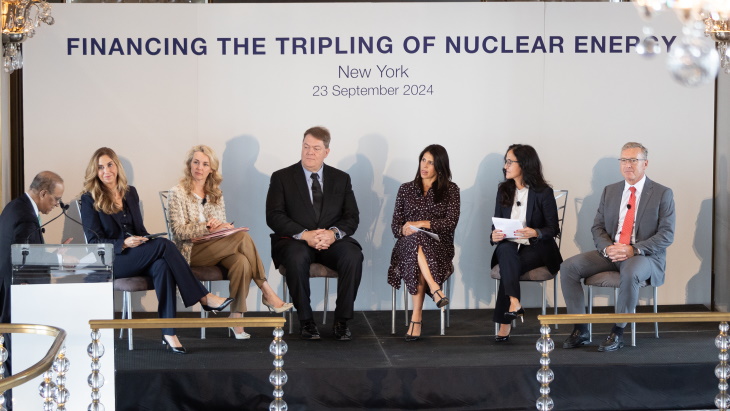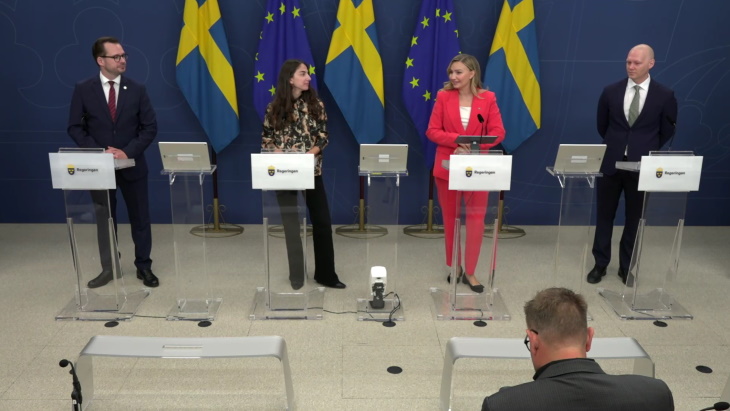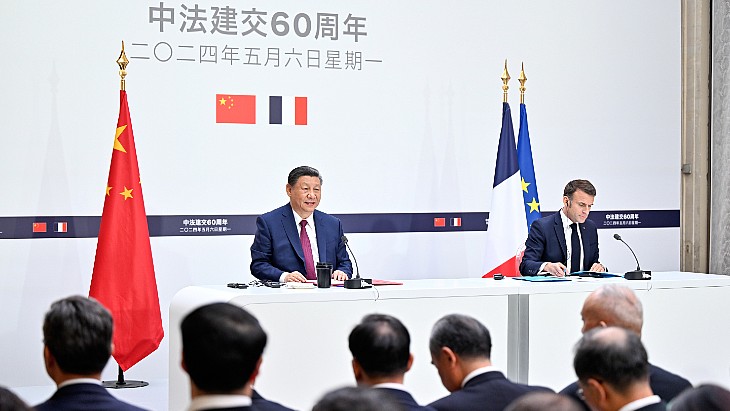MIT looks at US fuel cycle options
The availability of uranium resources, as well as scientifically sound methods for managing used nuclear fuel, should mean that nuclear fuel will not need to be recycled in the USA for much of this century at least, according to the Massachusetts Institute of Technology (MIT).
In 2003, MIT published a report on The Future of the Nuclear Power, which said "that in order to make a serious contribution to alleviating global climate change, the world would need new nuclear plants with a total capacity of at least a 1000 gigawatts by 2050." In a 2009 update of that report, MIT noted that the rate of deployment of new nuclear power plants around the world has been much slower than needed in order to combat climate change.
MIT announced that it has now released a report on The Future of the Nuclear Fuel Cycle because "of the continuing importance of nuclear power as a low-carbon option that could be deployed at a scale that is material for mitigating climate change risk, namely, global deployment at the terawatt scale by mid-century."
It added, "Because of the significant changes in the landscape, we have undertaken this study ... to bring a sharper focus on the key technical choices available for an expanded nuclear power program in the US and the near-term policy implications of those choices."
According to MIT, "In the US, fuel cycle policies have been in a state of confusion." It said, "To enable an expansion of nuclear power, it must overcome critical challenges in cost, waste disposal, and proliferation concerns while maintaining its currently excellent safety and reliability record." MIT added, "In the relatively near term, important decisions may be taken with far reaching long-term implications about the evolution of the nuclear fuel cycle - what type of fuel is used, what types of reactors, what happens to irradiated fuel, and what method of disposal for long term nuclear wastes. This study aims to inform those decisions."
The report states, "A key message from our work is that we can and should preserve our options for fuel cycle choices by continuing with the open fuel cycle, implementing a system for managed light water reactor (LWR) spent fuel storage, developing a geological repository, and researching technology alternatives appropriate to a range of nuclear energy futures."
For the next several decades, a once through fuel cycle using LWRs is the preferred economic option for the USA and is likely to be the dominant feature of the nuclear energy system in the USA and elsewhere for much of this century, according to MIT.
The report recommends, "Planning for long term managed storage of spent nuclear fuel - for about a century - should be an integral part of nuclear fuel cycle design." MIT also recommends that an R&D program should be devoted to "confirm and extend the safe storage and transport period."
A new quasi-government waste management organization should be established to implement the USA's waste management program, MIT suggests.
Also, the report says that a "robust research, development and demonstration (RD&D) program, aligned with the possibility of substantial nuclear power growth, must be implemented if the US is to have well-developed fuel cycle options in time to make wise strategic fuel cycle choices." It suggests that some $1 billion is spent annually on such a program.
MIT said, "Our re-examination of fuel cycles suggests that there are many more viable fuel cycle options and that the optimum choice among them faces great uncertainty - some economic, such as the cost of advanced reactors, some technical such as implications for waste management, and some societal, such as the scale of nuclear power deployment and the management of nuclear proliferation risks."
Ernest Moniz, director of the MIT Energy Initiative and co-chair of the new study, says the report's conclusion that uranium supplies will not limit growth of the industry runs contrary to the view that had prevailed for decades - one that guided decisions about which technologies were viable. "The failure to understand the extent of the uranium resource was a very big deal" for determining which fuel cycles were developed and the schedule of their development, he says.
Researched and written
by World Nuclear News









_66488.jpg)


